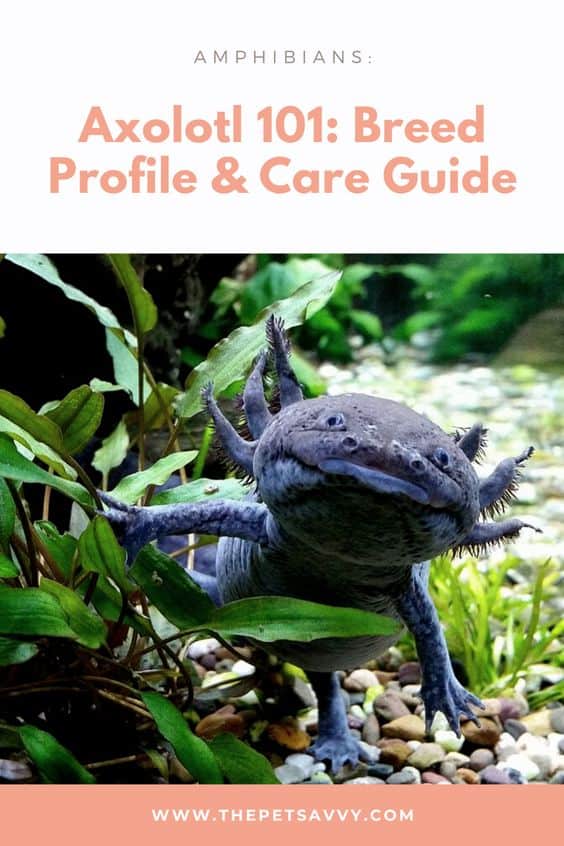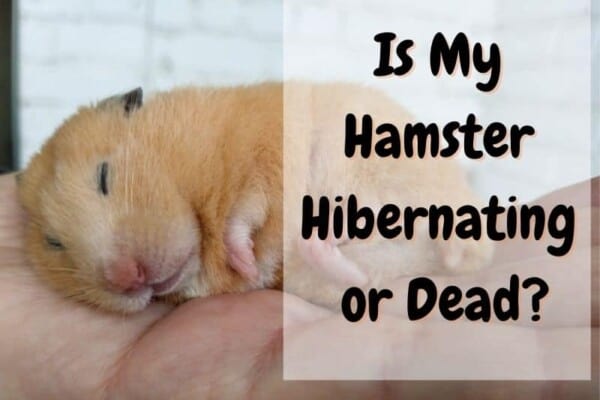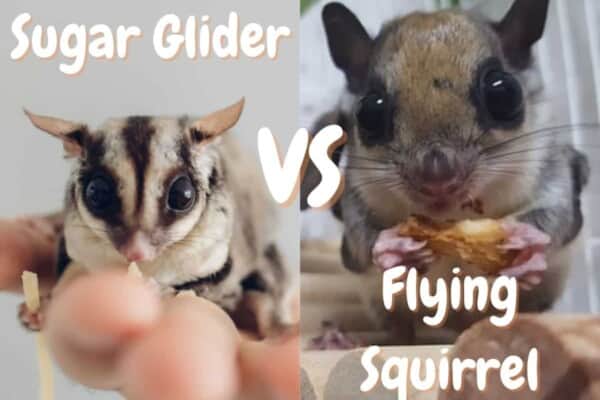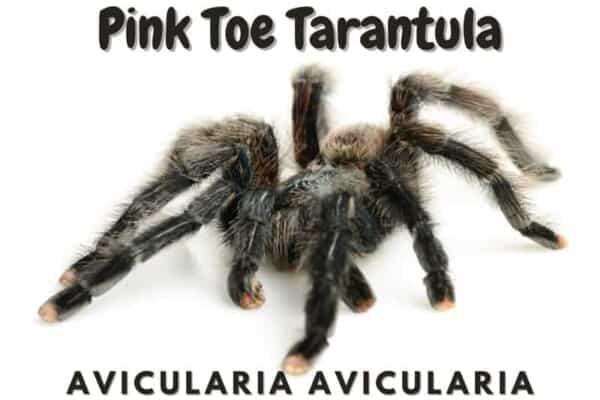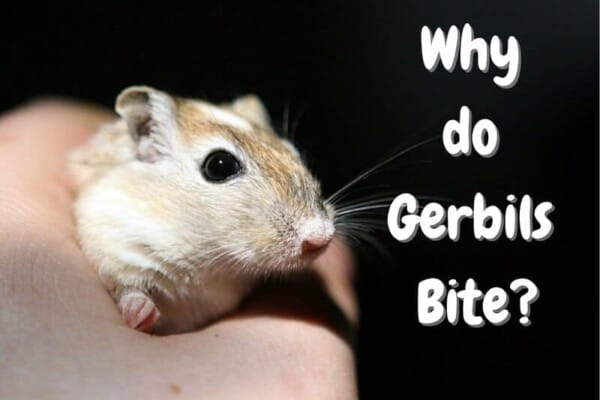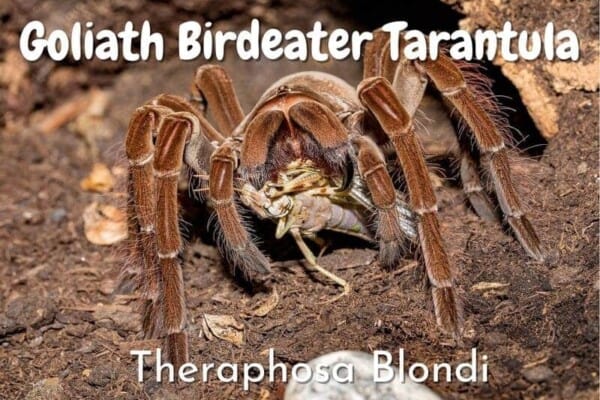Axolotls are arguably some of the most alien looking creatures you could ever bring home, and we do mean that.
Just the name alone of this little salamander is enough to make anyone question the legitimacy of its existence, but that’s not all.
This creature also looks super strange and out of the ordinary, but in a weird way, that’s what makes it so adorable in the first place.
We absolutely love axolotls and their goofy little faces, and we can’t get enough of how funny their expressions get every time you look at them.
Not only that, but axolotls are also known for being some of the friendliest and most social marine creatures your money could get you.
As opposed to most other similar creatures of the sea, axolotls are active, they engage a lot with their owners and most importantly, they will form a strong connection with you that they’ll show by gleefully following your hand around the tank.
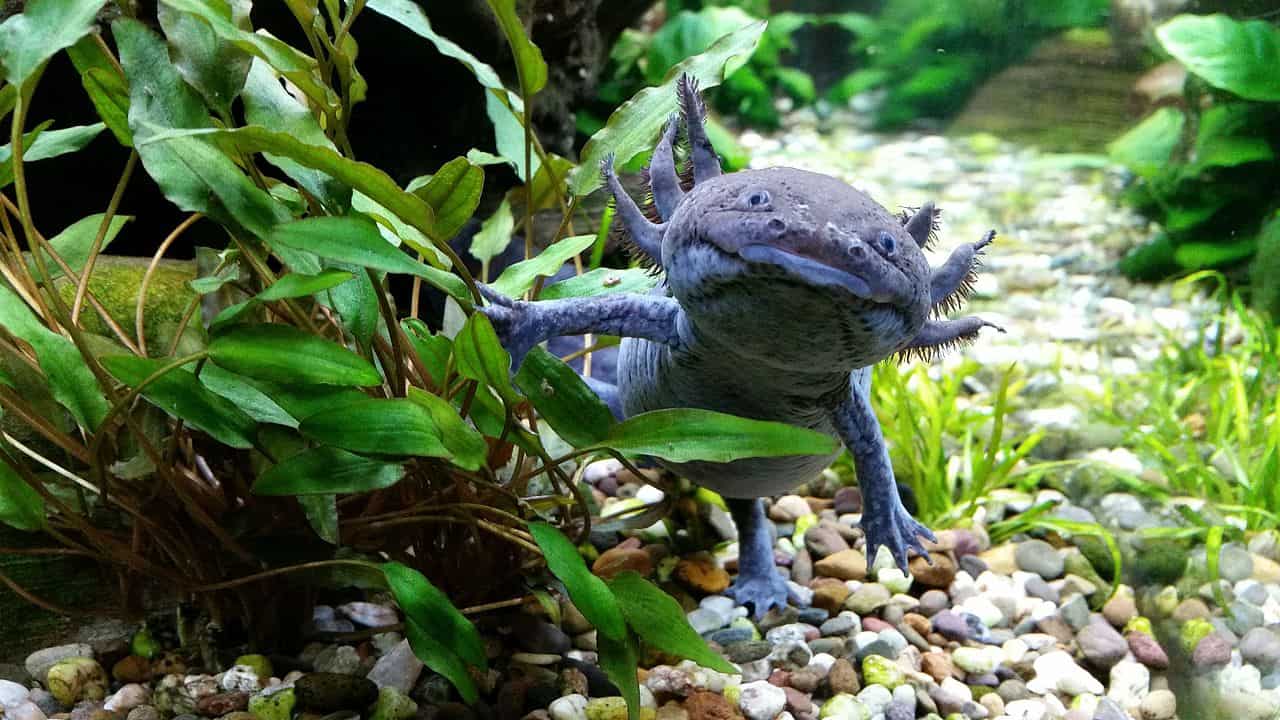
But there is one problem that we’ve seen come up time and time again regarding them, and that is the blatant misinformation regarding their care.
That’s right, apparently due to how popular this exotic pet has gotten, a lot of misinformation has been spread regarding this subject, which is why a lot of axolotls sadly end up suffering at the hands of their owners, simply because they don’t know how to properly manage them.
So, we always recommend that you look through multiple articles one after the other, so that you can be sure that the information that you’re reading is accurate.
With that being said, we would like to add to that by giving you a very detailed guide that will cover everything you need to know about Axolotl care.
So, let’s not waste anymore time and instead just hop right into our first section:
Axolotl Origins and History
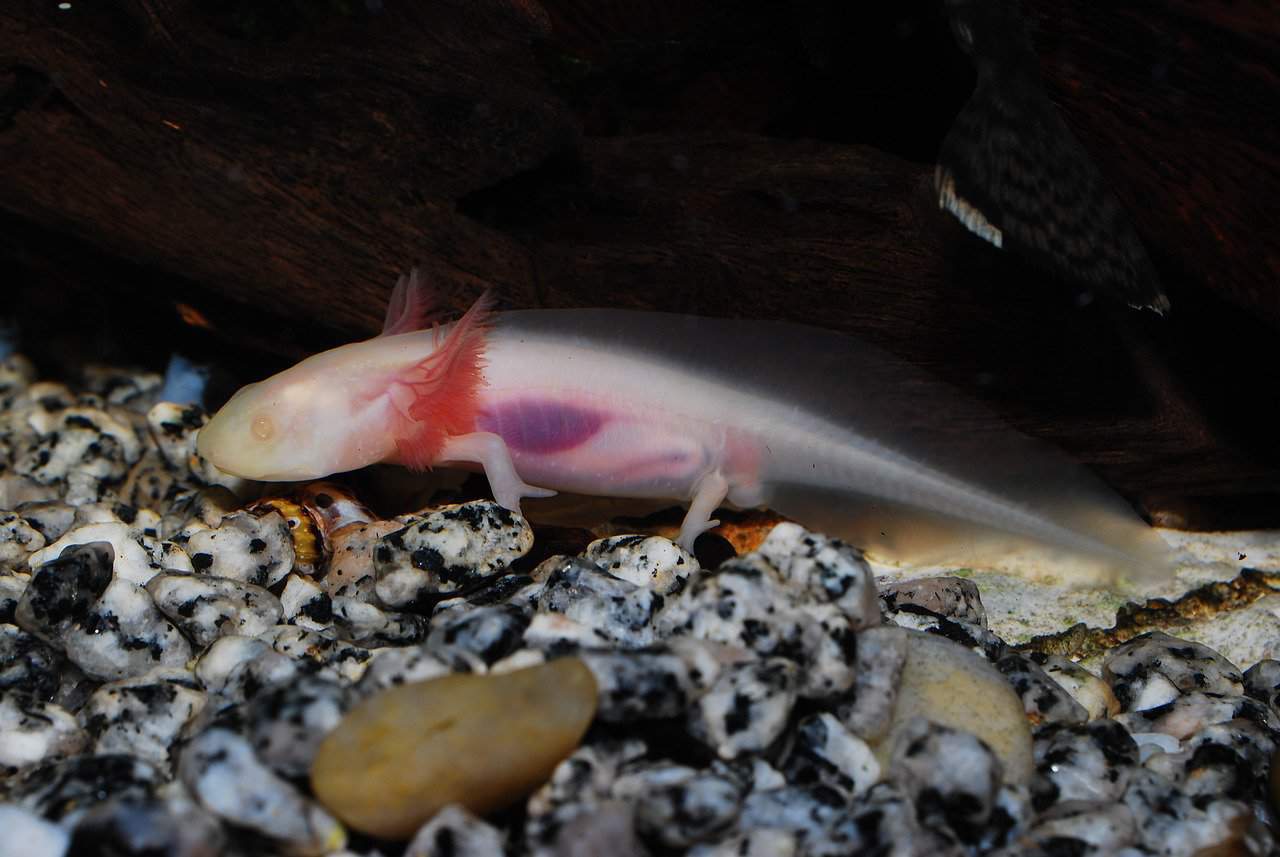
The axolotl (Ambystoma mexicanum) was first discovered way back in ancient times, thousands of years ago in the Aztec civilization of Mexico.
This is actually where the axolotl’s name comes from in the first place, as it is meant to be a reference to the god of death Xolotl.
In their ancient stories we discovered the fact that they believed their god to have fled from certain death by simply turning into an axolotl and dashing away in an instant.
While this is technically correct though, we don’t have any concrete evidence of anyone having documented seeing an axolotl with their own eyes, because after all, these are all just stories that could very well be coincidences and whatnot.
So, let’s fast forward quite a bit to 1863, Europe, where the very first axolotls were introduced. This is when 34 of them were brought from Lake Xochimilco all the way to France in order to properly study limb growth.
Before long however, more and more interest started to arise regarding these animals, until eventually a new market was introduced into the mix, and that is the pet industry.
That’s right, it didn’t take long for people to look at these cute little buggers and instantly say to themselves “I want that in my home”. As such, the first axolotls spread like wildfire, becoming one of the most popular pet options even back then.
What these people didn’t realize at first though is that while the axolotls are quite cute and they do have an interesting biology, they also do grow up to be around one foot in length and they tend to live as long as 15 years.
The first axolotl owners didn’t know that, and not a lot of them were ready to undergo such a commitment, which is why the axolotl’s popularity stagnated for quite some time after this point.
On top of that, the original owners quickly caught on the fact that axolotls are not all that active, preferring instead to just rest at the bottom of the tank for the most part. Every now and then they’ll just walk around from corner to corner but that’s about all when it comes to being active.
This is actually why they are referred to as the “walking fish” by many communities, because while they are proficient swimmers, they prefer to just rest at the bottom for the most part.
Despite their charming good looks and holy-than-thou demeanor, do keep in mind that axolotls are voracious carnivores that will stop at nothing to eat whatever they can fit in their mouths.
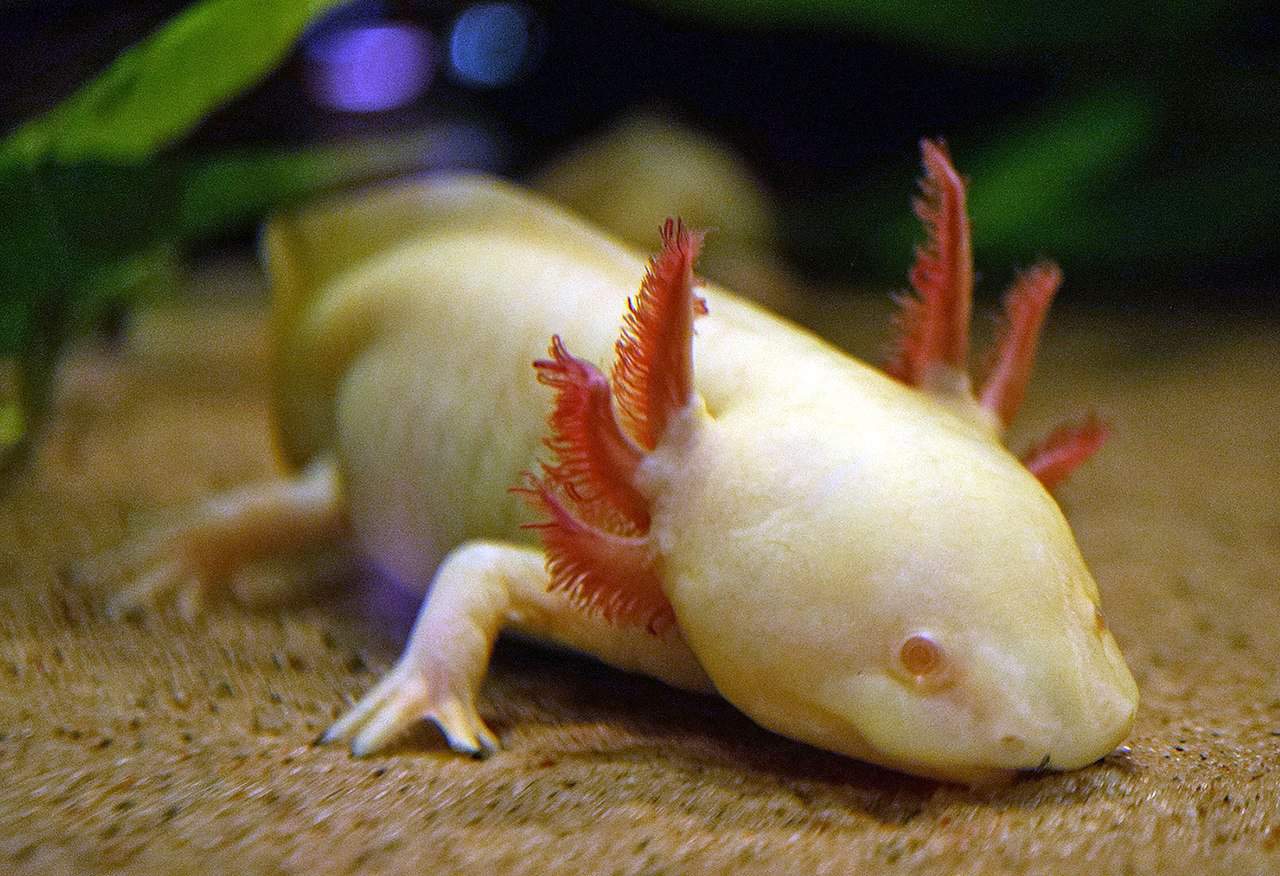
As such, you should never house them with any other types of fish or amphibians, as they will often times instigate a fight if they are slightly larger which will result in losing at least one fish.
When it comes to feeding your axolotls though, you shouldn’t worry all that much about it, just give them a healthy dose of earthworms, bloodworms and blackworms and they’ll be perfectly happy with that.
You may also give them bits and pieces of beef heart, raw fish, brine shrimp and even Mysis shrimp as long as they are frozen-thawed.
As mentioned previously, axolotls will easily live longer than 10 years at a time, with most of them getting as old as 15 in some cases as long as you take proper care of them and you make sure they don’t lack in any department.
On top of that, taking care of an axolotl is highly recommended simply because it is an experience unlike any other.
For one, axolotls are fascinating creatures, especially so when you consider the fact that they’ve been around us for so many years now so just getting to look at them alone is sure to give you a lot of insight into what ancient Salamanders used to be like.
At the same time, do keep in mind that this is not the right pet to invest into if you have no experience with salamanders or fish in general and you just want something to pass the time.
While axolotls can be very loving and cuddly, most of them are easily stressed out, which is why it’s always important to take your time with them and make sure that you don’t provide them with more reasons to be stressed out.
But regardless, now that we know the rich history of the axolotl, it’s about time that we dove deeper into everything that makes this breed interesting, including of course:
Axolotl Appearance
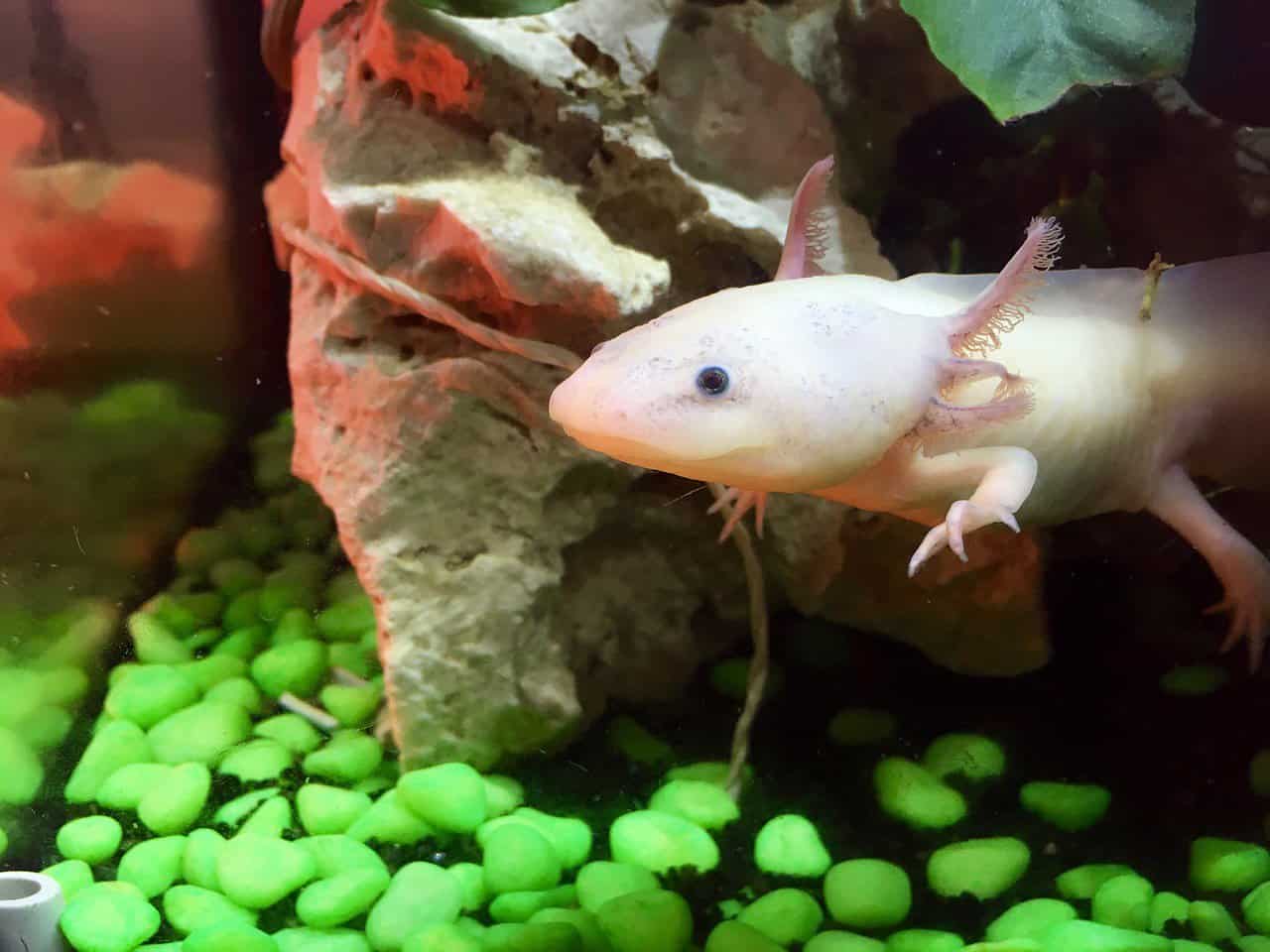
By far the most easily recognizable part about the axolotls is their unique looks. Look at a single axolotl once and you will never be able to forget its weirdly shaped body and the strange yet adorable look on their faces.
At first glance, it almost looks as if the axolotl is a cross between a fully-formed salamander and a tadpole. When it comes to its body shape, it’s pretty simple to describe as they have long and slender bodies with four dangly little legs flopping in the sea as they swim around.
But by far the most important tool that they have when it comes to swimming is their tail, which you can see flopping from left to right as they swim around from side to side. This tail is known for being quite thin, popping up behind the rear legs.
The axolotl’s head is also quite unique looking, with its two small black eyes resting on the sides of its wide head, making it all the stranger to first-timers.
But by far one of the main reasons as to why so many people are investing in axolotls is the fact that they have smiling faces.
When coupled with the fact that their eyes don’t have eyelids which means that they are open at all times, you can quickly tell why so many people consider this to be one of the cutest creatures out there.
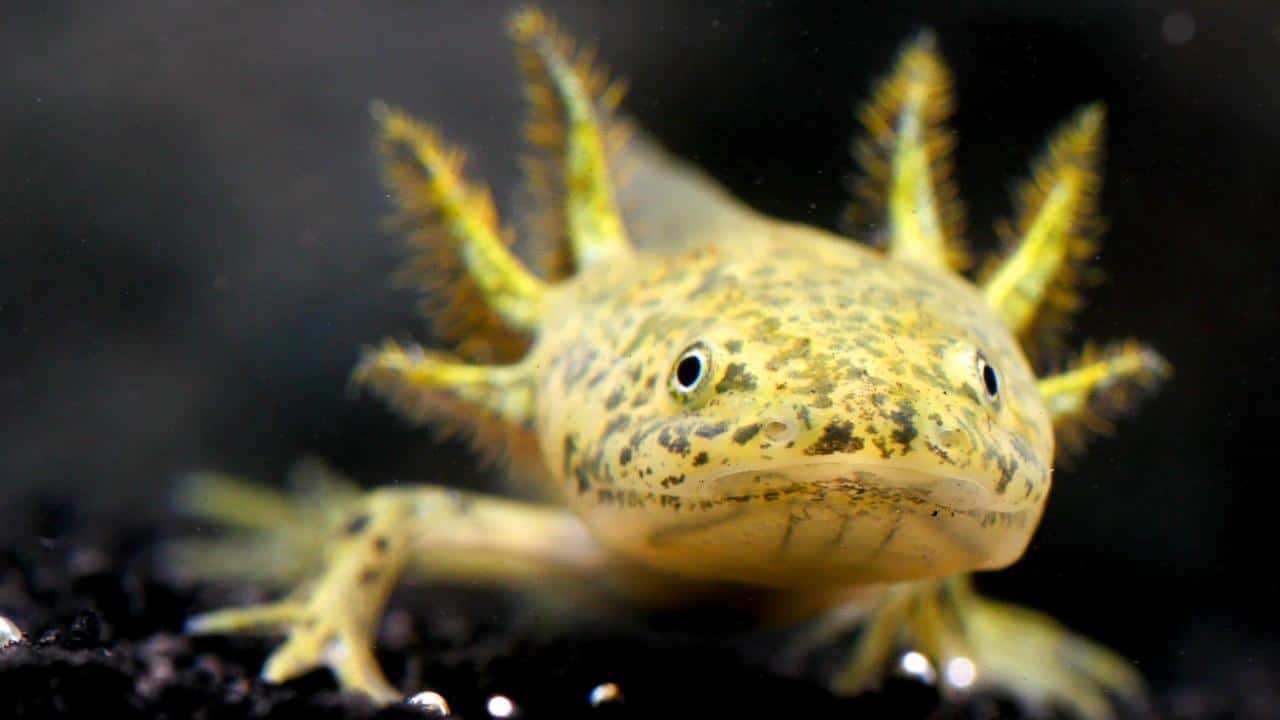
The gills of the axolotl are also worth noting as they are considered to be one of the most defining features of the species.
But what’s so special about them? Well, instead of them being found on the sides of the body, as we’ve grown accustomed to with most other fish, they are located on their appendages which branch out directly from the head.
The axolotls have as many as six appendages in total, and they’re all covered in tiny gill filaments.
There are a lot of different color varieties of axolotls out there, but by far the most popular ones are the Copper Axolotl, which is known for its orange hue and its bright red gills as well as the Black Axolotl which has black skin and dark gills.
On top of those you also have wild axolotls, which can come in a wide range of colors, including but not being limited to gray, brown and green.
But by far the most widespread axolotl variety you’ll find is the Leucistic Axolotl. This is an albino variety that has pinkish-white skin and bright red gills and it is the one you will most likely end up with if you buy your axolotls from a random pet shop.
Taking Care of Your Axolotl
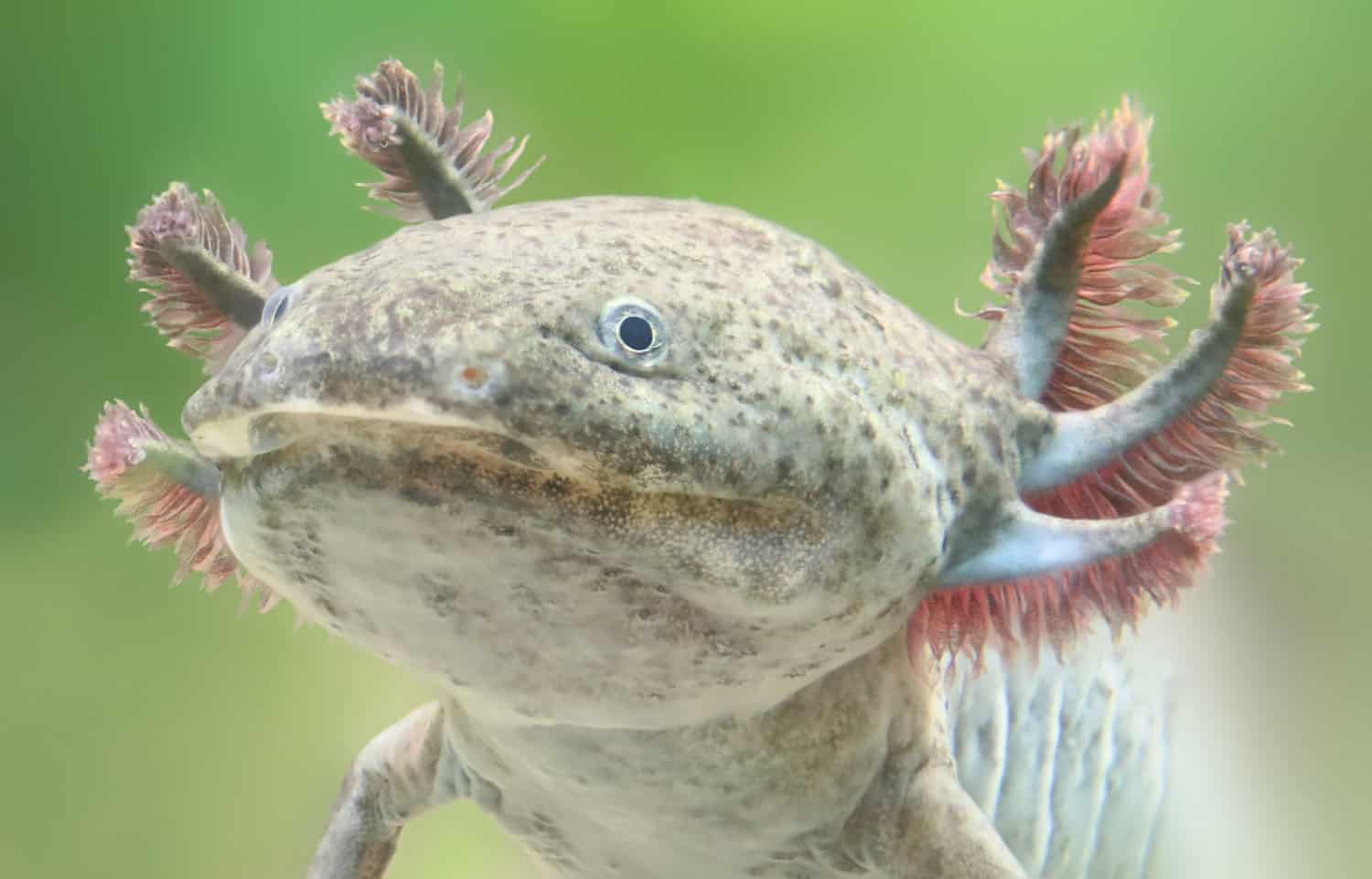
For the most part, axolotls are not considered to be beginner friendly pets because they do require extensive knowledge of aquarium maintenance, cycling and water parameters.
If you have never had anything of this sort before then chances are that you will not be able to properly take care of your axolotl, unless you’re ready to do your homework and learn everything there is to doing it beforehand.
As long as you do know how to keep a pet fish though and of course, everything there is to know about nitrogen cycling, you should be fine with owning an axolotl.
Tank Set Up
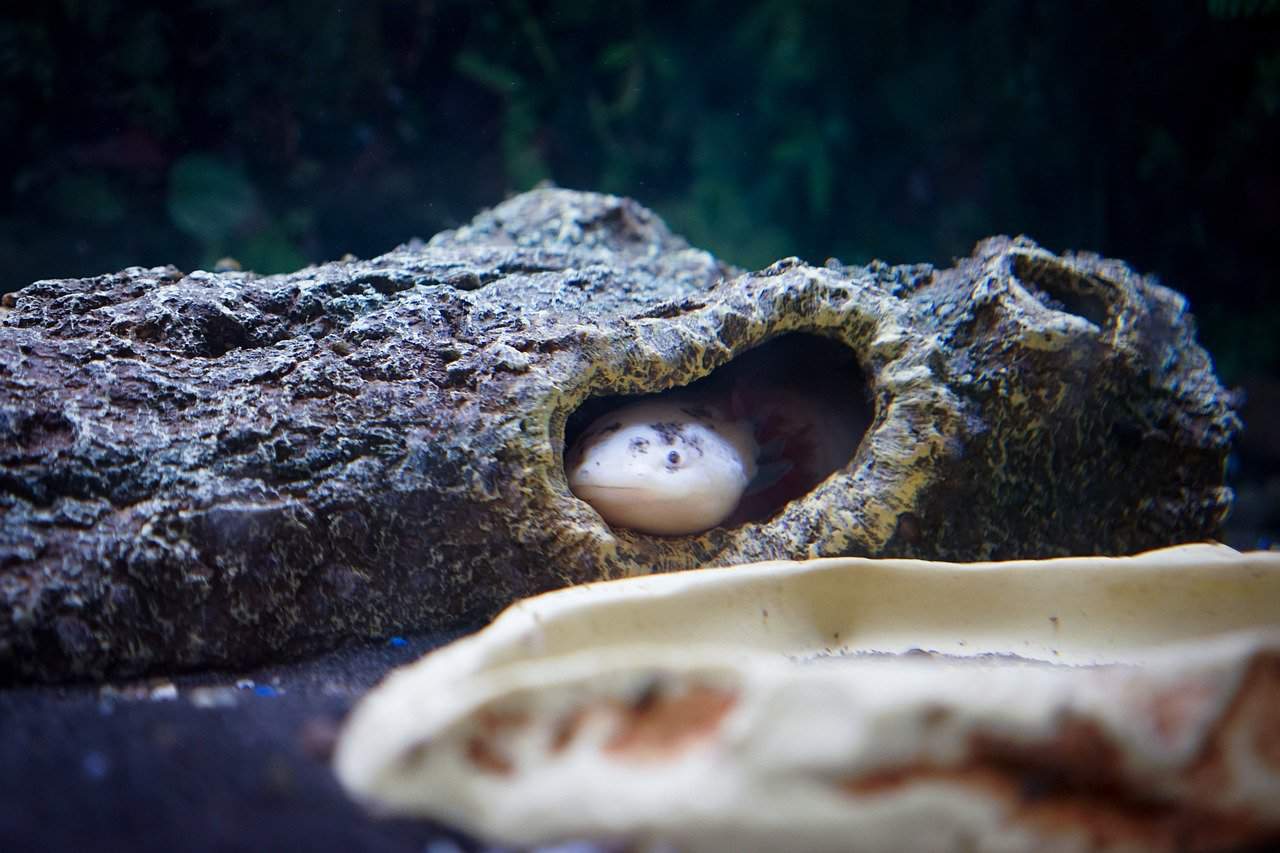
Because they do originate from the lakes in the highlands of central Mexico, you will need to make sure that their water is cool and clear. Also keep in mind that axolotls are highly sensitive to ammonia, nitrates and nitrites, so being overexposed to those factors will greatly damage their health.
This is why you will need a good aquarium pump to ensure that the water that they have in their aquarium is pristine and that round 30% of it or so is changed every week.
You may also want to invest in a freshwater testing kit to help you check out the water pH and parameters.
Interestingly enough, axolotls don’t need any land in their enclosure, a fact that is often times disregarded by most first-time axolotl owners.
Instead, what you need to invest into is a 15-gallon tank, and if you want to add in another axolotl then you will need to add in another 10 gallons per individual.
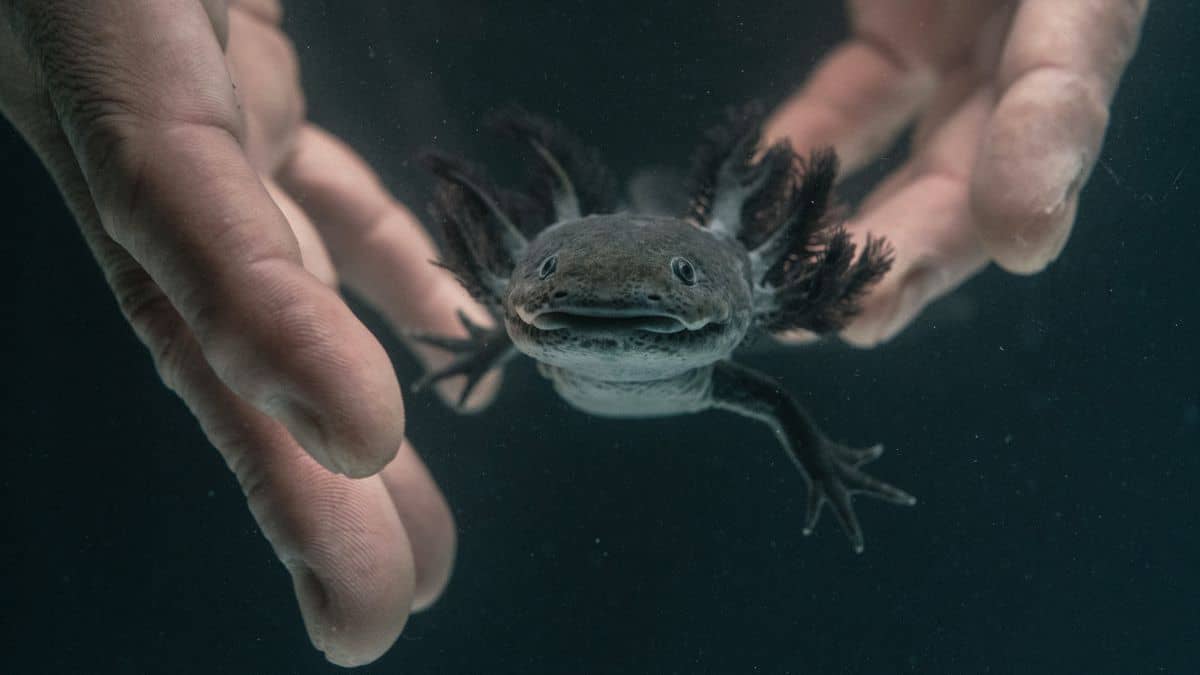
As far as the temperature is concerned, you will need to keep the tank at around 60 to 65F, and you should always make sure that the tank itself is kept away from the sunlight or air vents. Water parameters are also very important for your axolotl’s health.
The pH levels should always be around 6.5 to 8 Ammonia, while the nitrates and nitrite levels should always be at a whopping 0 and the water hardness should be between 7 to 8 dKH.
Use sand at the bottom of your tank as its substrate, and on top of that also be sure to add in live plants, caves and terracotta pots as they will serve as your axolotl’s main source of entertainment.
Hiding places are especially important as these will provide your axolotl with at least 12 hours of darkness. You may also need to invest in an air stone to oxygenate the water.
Axolotl Diet and Health
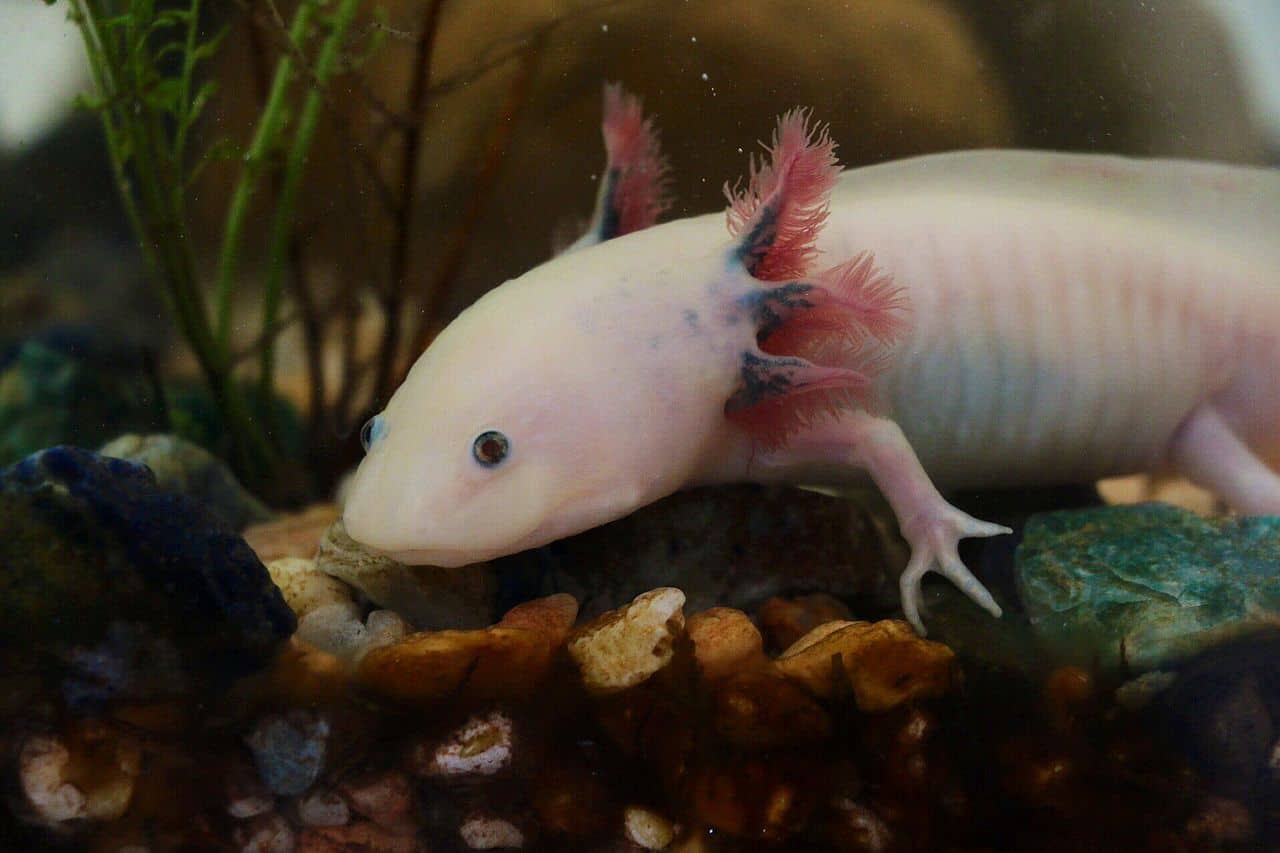
We already mentioned previously how axolotls are carnivores, but what we didn’t go over is just how many options you have when it comes to the diet you can feed your friend, including but not being limited to:
- Bloodworms – If you go for whole worms you won’t need to add in any more supplements, but they can get quite expensive so keep that in mind
- Frozen Brine
- Live Nightcrawlers
- Red Wigglers
- Mysis Shrimp
- Bits and Pieces of Raw, Lean Beef Heart
- Axolotl Food Pellets
Axolotls are considered to be hardy pets since if you do end up treating them properly, you shouldn’t really have any problems with them when it comes to their overall health.
This is why by far the most common sicknesses in Axolotls are usually caused by poor water quality and chronic stress.
Things to Look At
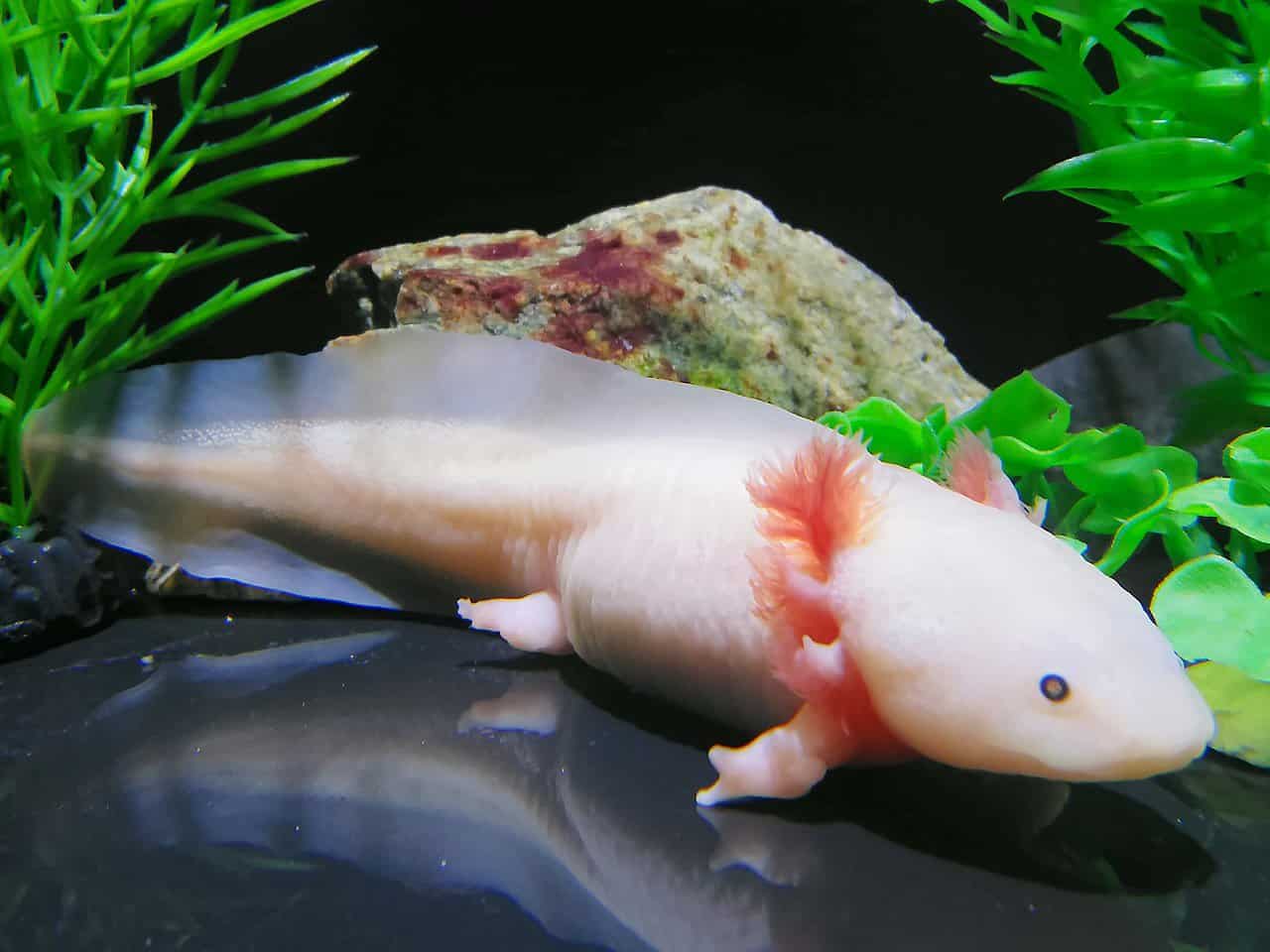
The poor water quality will easily lead to secondary infections from bacteria or parasites, but luckily you can quickly tell when your axolotl is sick as they tend to get stiffy, their gills turn pale and they start losing weight quickly while also becoming unresponsive.
Ammonia, nitrate and nitrite high levels will also hurt your axolotl, pretty much causing their skin to melt right off. This can lead to horrifyingly painful deaths so always be sure to check your water quality on a weekly basis at the very least.
On top of that, axolotls can also be their own greatest enemies as overcrowding them will often times lead to them nipping at each other’s gills. This will open up wounds that will eventually get infected and before long there will be one less axolotl in your tank.
Last but not least, we would like to mention impaction as it is a very common cause of death for axolotls. This happens when a salamander starts eating the gravel at the bottom of the tank.
Axolotls don’t have the capacity to digest the gravel, which will cause them to be stuck inside of their system.
For the most part though, as you can probably tell by now, most if not all of these issues can be avoided with a proper tank setup and by just keeping a close eye on your pet.
Conclusion
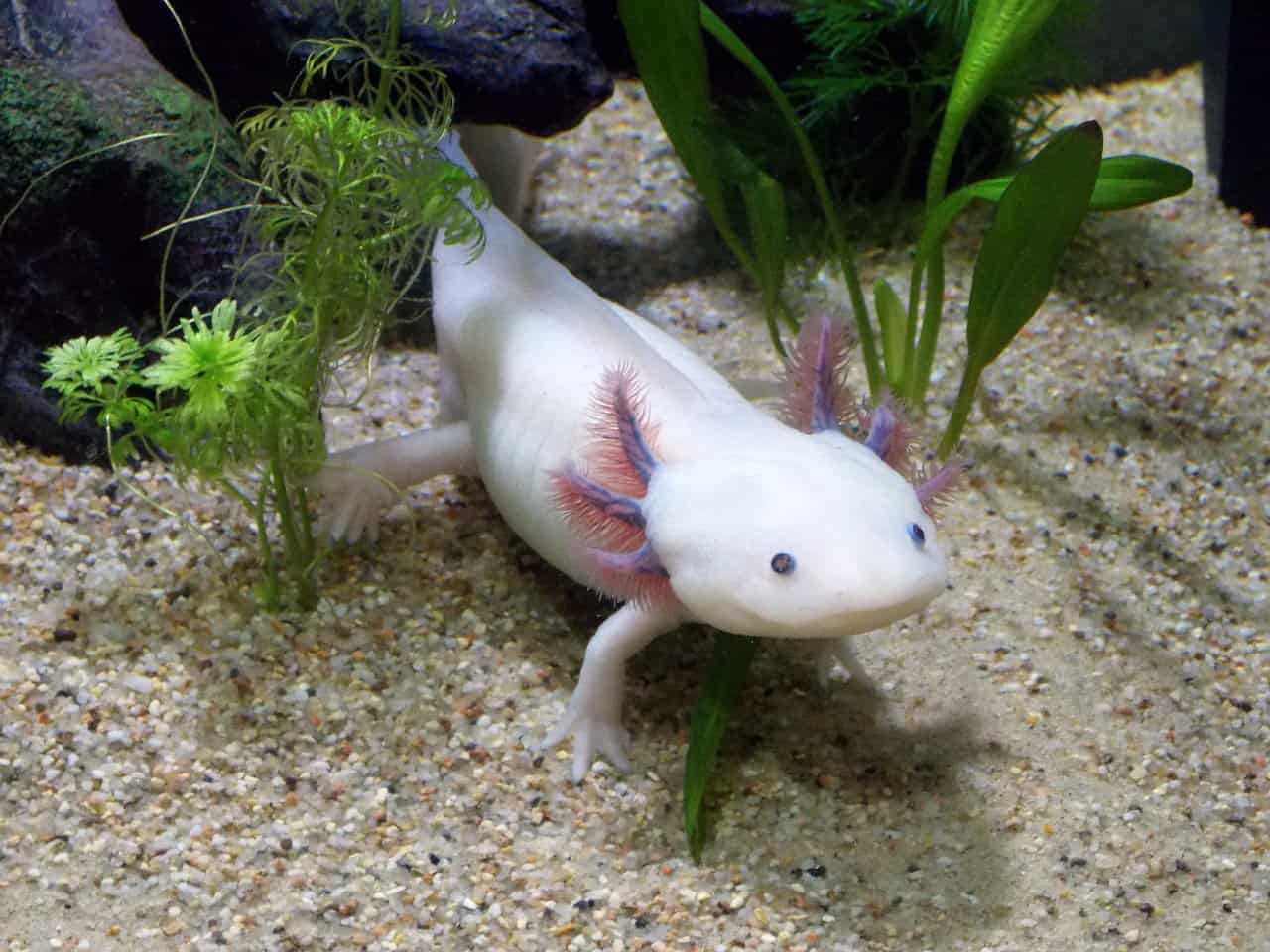
One last thing that we would like to bring up for now is the fact that even though they may look like they’d enjoy it, you should never take an axolotl out of water, or even touch them in the slightest.
Axolotls are notoriously delicate, with their body being made up of cartilage which is very easily injured. As such, if you do need to handle them, please exercise caution and pick up a fine mesh net to get the job done.
With that being said though, we wish you luck up ahead, taking care of your first axolotl is never easy, but as long as you do your best we strongly believe that anyone can and should try taking an axolotl and adopting them as your pet.

